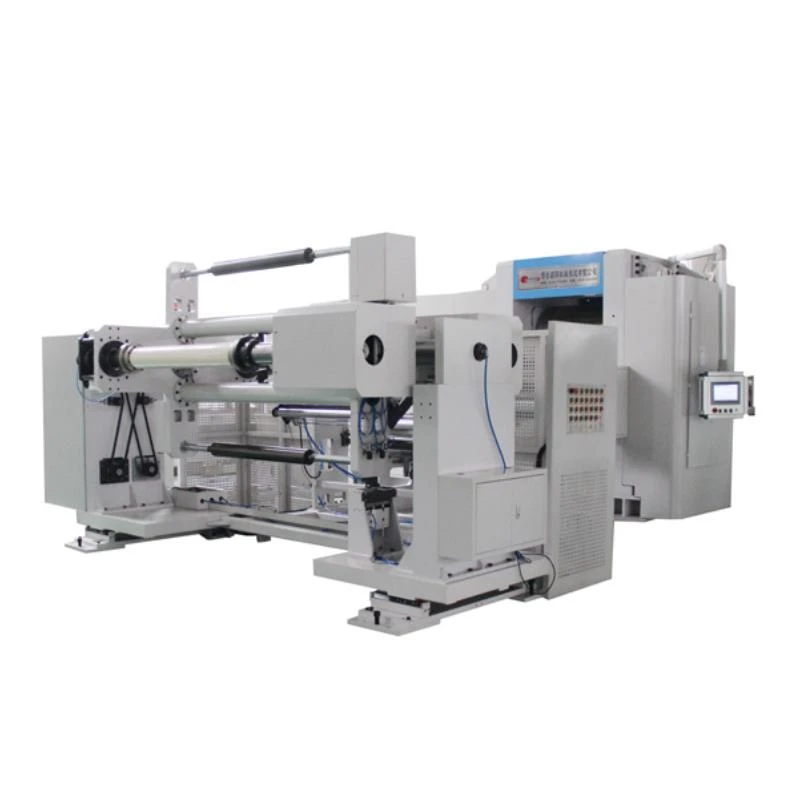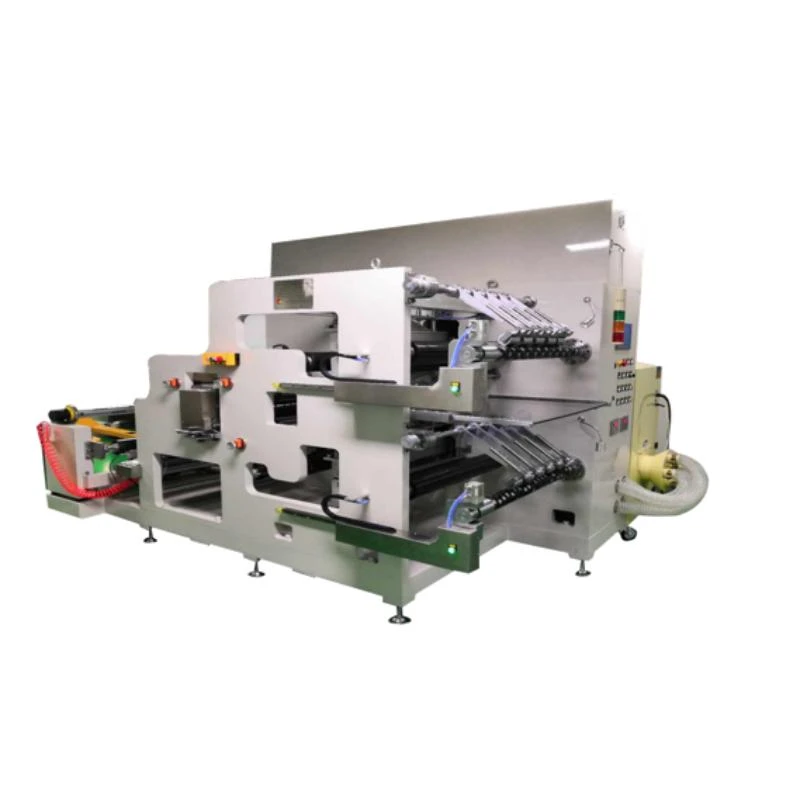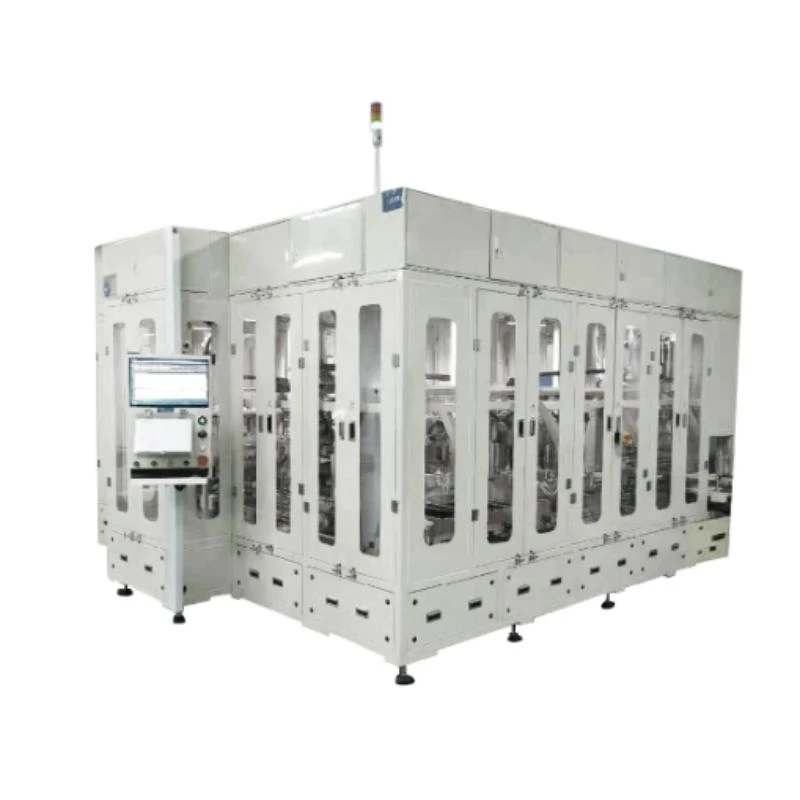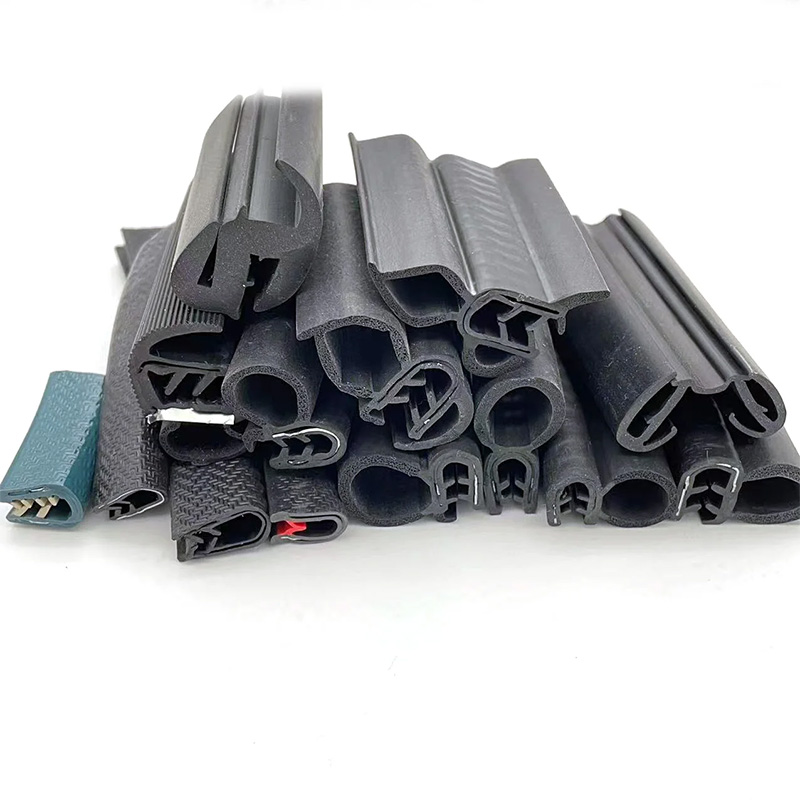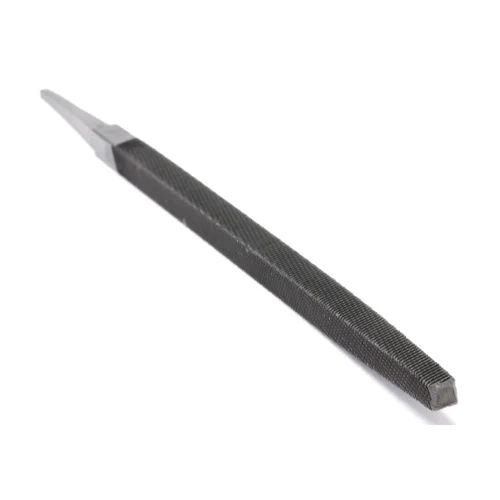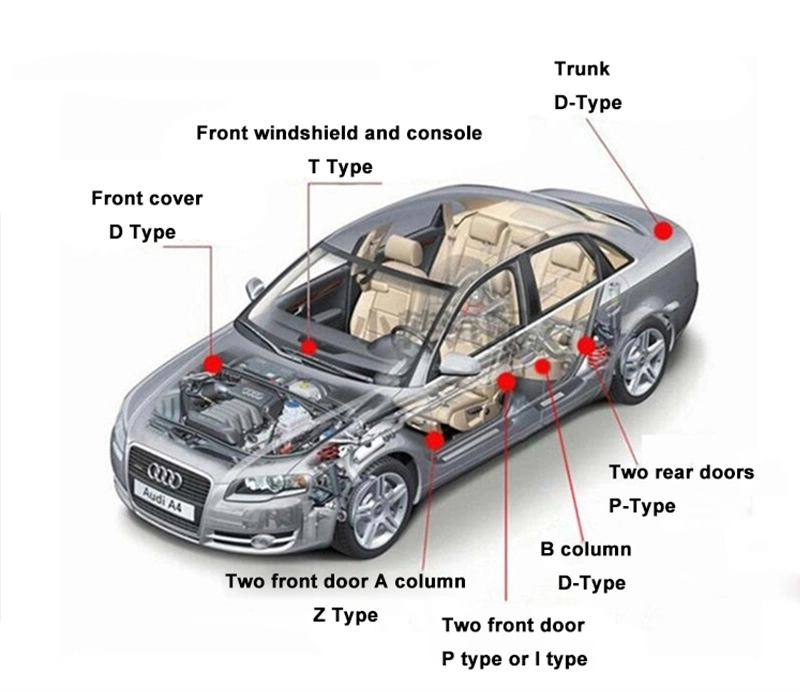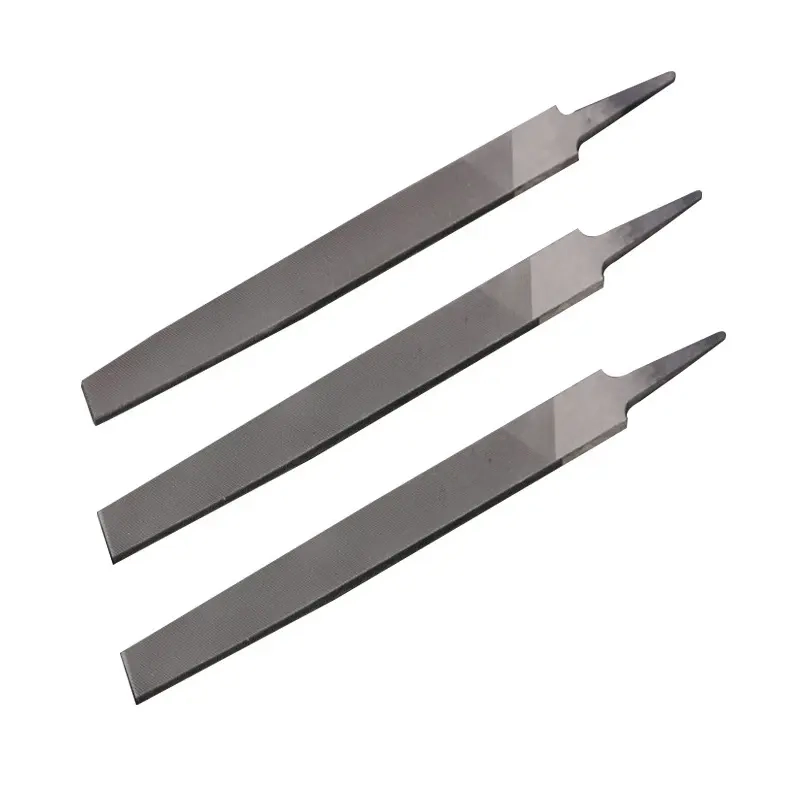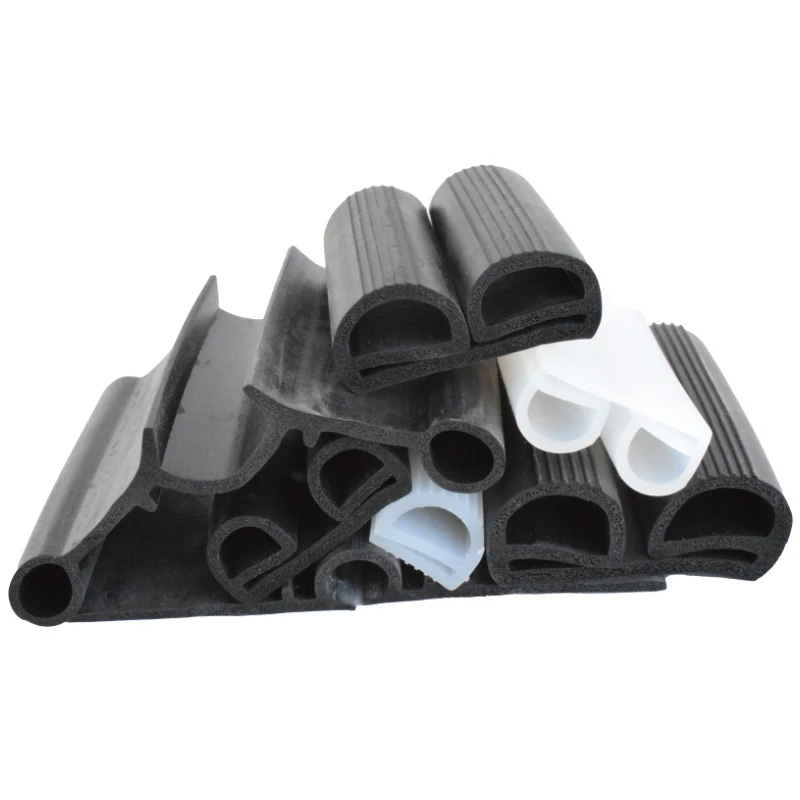High-Quality Self Adhesive Sealing Strip Reliable Manufacturer & Supplier Factory Price
- Introduction to Self Adhesive Sealing Strip: Definitions and Market Outline
- Technical Advantages and Performance Features
- Comparative Analysis: Factory, Suppliers, and Manufacturers
- Understanding Customization Options for Diverse Applications
- Case Studies: Successful Deployments
- Sustainability and Compliance Considerations
- Conclusion: Future Trends and Choosing a Self Adhesive Sealing Strip Solution
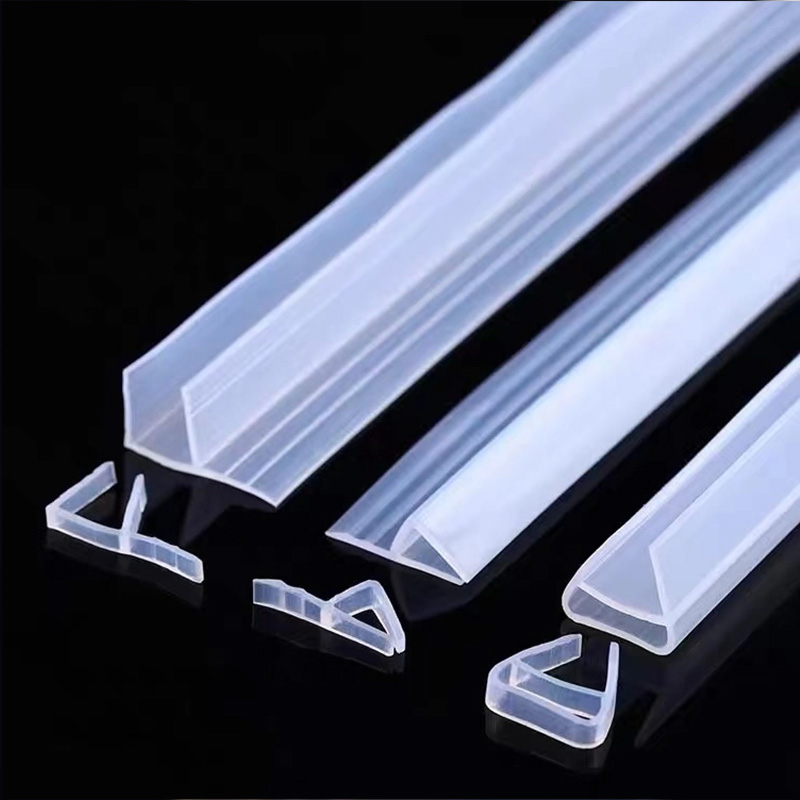
(self adhesive sealing strip)
Introduction to Self Adhesive Sealing Strip: Market Dynamics & Demands
Self adhesive sealing strip has transformed the industrial and construction sectors by offering simplified installation, airtight sealing, and versatile applications. A 2023 market study revealed that the global sealing strip market surpassed USD 6.8 billion, with self-adhesive variants accounting for over 40% of sales. Major end-users span the automotive, electronics, HVAC, and construction industries. The adhesive technology embedded in these strips enables high-bond strength while reducing installation time by 60%, compared to traditional mechanical fasteners. Increasing demand for energy-efficient solutions and regulatory pressure for improved building envelopes have positioned self adhesive sealing strip
s as a key material in new constructions and retrofits alike. The sector’s anticipated CAGR is projected at 5.2% through 2030, fueled by advancements in material science and manufacturing processes.
Technical Advantages and Performance Features
Advancements in adhesive technology have enabled self adhesive sealing strips to provide exceptional resistance to water, dust, air infiltration, and thermal bridging. Core materials typically include EPDM, silicone, PVC, and thermoplastic elastomers — each tailored for specific durability, flexibility, and temperature resistance. Innovations in pressure-sensitive adhesives have increased initial tack and long-term holding power, even in temperatures ranging from -40°C to 120°C. For construction, UL94-V0 flame retardancy and low VOC emission certifications are commonly met. Data demonstrates a 30% noise reduction and improved energy efficiency by up to 18% in window and door installations using these strips. Their modularity allows seamless application to irregular surfaces, minimizing gaps and reducing warranty claims due to moisture ingress. Additionally, latest product lines offer up to 5000 hours of UV stability, broadening outdoor utility.
Comparative Analysis: Factory, Suppliers, and Manufacturers
Choosing the right supply source is crucial for project performance and cost management. Major differences exist among self adhesive sealing strip factories, suppliers, and manufacturers, most notably in their capabilities, minimum order quantities, and technical support.
| Aspect | Factory | Suppliers | Manufacturer |
|---|---|---|---|
| Production Capacity (meters/month) |
100,000+ | 10,000 - 50,000 | 50,000 - 150,000 |
| Customization | High (bespoke compounds, die-cutting) | Low to Medium (stock sizes) | Medium to High (OEM, ODM) |
| Lead Time | 2-4 weeks | 1-2 weeks | 2-4 weeks |
| Price Index | Low | Medium | Low to Medium |
| Technical Support | Comprehensive (R&D access) | Standard | Enhanced (project assistance) |
| MOQ (meters) | 5,000 | 500 | 1,000 |
| Certifications | ISO, RoHS, REACH, UL | Dependent on source | ISO, SGS, Customer-specific |
Strategically, large factories often support customized high-volume needs, whereas suppliers provide immediacy for maintenance or small-scale demands. Leading manufacturers blend both facets, offering innovation, certified quality, and flexible supply agreements.
Understanding Customization Options for Diverse Applications
Self adhesive sealing strips are not a one-size-fits-all solution. Customization plays a pivotal role in meeting unique project requirements. Common customization parameters include material composition, profile geometry, adhesive grade, liner design (easy-peel, split-back), and color-matching. For specialized environments, such as cleanrooms or food-grade facilities, strips can be formulated to meet FDA, USP Class VI, or EN standards. Widths can range from 5 mm to 100 mm, and thickness from 1 mm to 15 mm, ensuring the perfect fit for every application — from weatherproofing automotive doors to dust-proofing industrial enclosures. Advanced CAD modeling and rapid prototyping digitally simulate strip performance prior to production, greatly reducing trial-and-error cycles and ensuring alignment with customer functional and aesthetic goals.
Case Studies: Successful Deployments
Real-world testimonials underscore the value of advanced self adhesive sealing strips. In the automotive sector, a German OEM reduced assembly times for door weatherstripping by 22% after switching to pre-cut, self-adhesive EPDM strips.
In HVAC, a large-scale hospital retrofit project in North America witnessed a 17% decrease in average annual energy bills by using high-tack silicone sealing strips around air handling units.
For electronics, a leading data center manufacturer integrated low-outgassing self adhesive sealing strips in server cabinets, resulting in a 99.8% reduction in particulate infiltration during life-cycle testing.
These success stories highlight not only performance gains but also significant reductions in maintenance costs and system downtime.
Sustainability and Compliance Considerations
Sustainability has become an essential factor in selecting self adhesive sealing strip products. Today, factories and manufacturers are investing in recyclable base polymers and solvent-free adhesive systems. According to recent industry data, eco-friendly strips now represent 27% of all new sealing materials specified in LEED-certified building projects. All major suppliers and manufacturers conform to prevailing international standards, such as REACH, RoHS, UL94, and ISO 14001 for environmental management. Testing demonstrates that self adhesive sealing strips with green certifications provide VOC reduction of up to 90% over solvent-based alternatives. Additionally, transparent supply chain documentation and lifecycle analyses are increasingly provided to customers requiring Environmental Product Declarations (EPDs), delivering both compliance assurance and competitive advantage.
Conclusion: Future Outlook & Choosing the Right Self Adhesive Sealing Strip Solution
The global trajectory of the self adhesive sealing strip sector is marked by surging demand for technical excellence, environmental stewardship, and customized engineering. As new applications emerge in renewable energy, modular construction, and high-performance vehicles, selecting the right partner — whether a factory, supplier, or manufacturer — calls for a data-driven assessment of technical capabilities and service offerings. When seeking solutions that balance innovation, compliance, and delivered value, thorough comparison and transparent engagement with vetted self adhesive sealing strip suppliers enable organizations to secure durable, efficient, and future-proof performance for their critical systems.
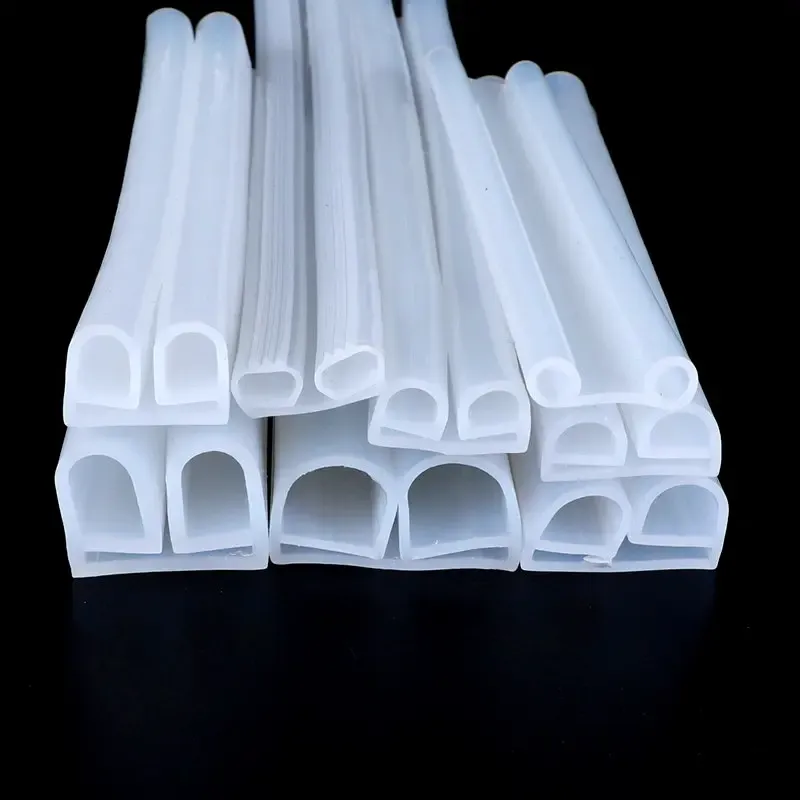
(self adhesive sealing strip)
FAQS on self adhesive sealing strip
Q: What is a self adhesive sealing strip?
A: A self adhesive sealing strip is a flexible strip with a pressure-sensitive adhesive backing. It's used for sealing gaps in doors, windows, and other surfaces. This helps in insulation, dustproofing, and noise reduction.Q: How do I find a reliable self adhesive sealing strip factory?
A: Look for factories with quality certifications and positive customer reviews. Verify their production capacity and experience in the industry. Direct communication can also help assess their reliability.Q: What should I check when choosing self adhesive sealing strip suppliers?
A: Ensure the supplier offers consistent product quality and prompt delivery. It's also important they provide competitive pricing and good customer service. Checking their client references can provide further assurance.Q: What makes a good self adhesive sealing strip manufacturer?
A: A good manufacturer uses high-quality materials and advanced production technology. They should offer customization options and adhere to international standards. Reliable after-sales service is also essential.Q: Can self adhesive sealing strips be customized by factories?
A: Yes, most factories offer customization for length, width, thickness, and material. Custom colors and adhesive strength can also be specified. Discuss your requirements directly with the manufacturer or supplier.Share
-
Lithium Battery Welding Machine | High-Precision, Fast, SafeNewsNov.17,2025
-
Aluminium Guide Roller | Anodized, Lightweight, Low-NoiseNewsNov.17,2025
-
Tofu Cat Litter Bulk – Eco, Low-Dust, Fast Clumping SupplyNewsNov.17,2025
-
Equipment for Lithium Cell Assembly | Automated & PreciseNewsNov.10,2025
-
Square File Tool – Precision Cut, Hardened Steel, VersatileNewsNov.10,2025
-
Lithium Ion Battery Assembly Machine | Automated, High-SpeedNewsNov.10,2025
